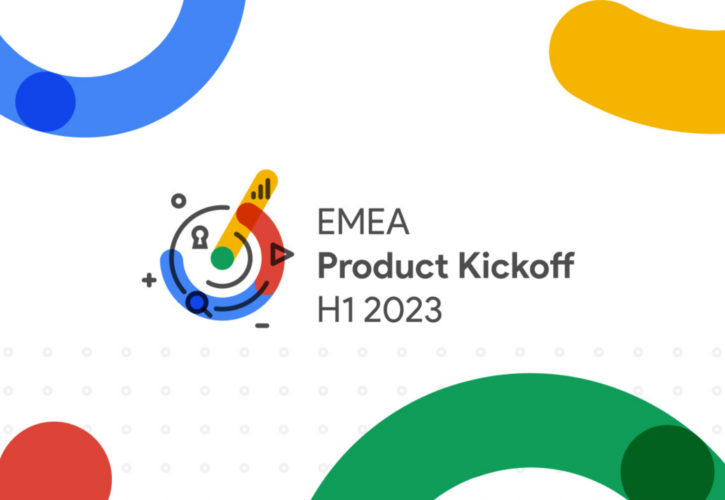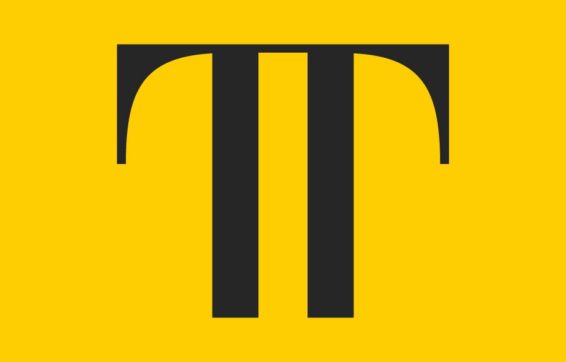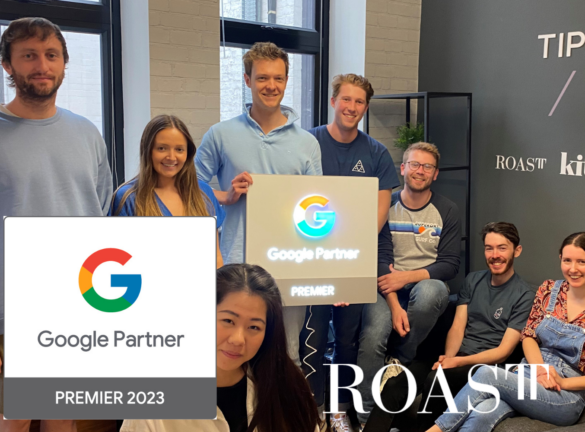
Google’s EMEA Product Kickoff: An Overview of the Key Updates
As you may or may not be aware, Google has now released their new EMEA product launches and updates for H1 this year. In this article, ROAST’s Paid Media account executives, Libby Marshall-George and Max Knight, will take you through an overview of the key updates which they believe will be most impactful for advertisers this year, including:
- The transition to GA4 with some of the most useful updates, the new features to further privacy centric measurement, as well as effective measurement updates.
- The evolution of Performance Max campaigns, and how these will further assist marketers control and reporting of these.
- Modernised search campaigns to ensure a user’s visual experience of navigating the landing page is included, to provide a competitive advantage. In addition to further site performance monitoring, with the new ‘interaction to next paint’ metric.
- App updates to allow for individualised recommendations to maximise performance; also, updated measurement features.
GA4, Privacy, and Measurement
GA4
In preparation for GA4 replacing Universal Analytics on the 1st of July 2023, Google has kicked off Q2 with some exciting new updates to the platform allowing for more in-depth reporting and customisation.
Google has recently launched Item Scoped Custom Dimensions, a feature which provides information about the products or services with which users interact in an event (e.g., the colour of the item which was sold), which will allow advertisers to capture additional information in their Ecommerce Journey. As well as this, you can now use Custom Channel Grouping to customise per business needs. These updates will allow advertisers to analyse data that is more specific to their business needs, resulting in more in-depth reporting, ultimately enabling us to make more informed decisions for testing and analyses.
Privacy Centric Measurement
With the deprecation of third-party cookies due next year, Google has announced new features which will enable further Privacy Centric Measurement for Google advertisers. Launching this month is Google’s Conversion-based Audiences with First-Party Data & Customer match. By implementing Enhanced Conversions for Web and enabling conversion-based audience lists, customer segments specific to your business will be automatically generated and updated in real-time. This will allow advertisers to create audience lists with ease and keep first-party data fresh and up-to-date. We believe that this tool will help us when looking to effortlessly drive conversions in a cookieless world, whilst not having to dedicate too much time to the tool due to its automated nature.
Advanced Measurement
Currently in Beta for Google Ads is the External Conversion Lift User Based for Video Action, which allows advertisers to measure how many conversions occurred because of users who saw the ads. When reviewing this activity, this feature will likely be very helpful when proving the incremental value of Video Action campaigns, and help us when deciding whether or not they should become a crucial part of their marketing mix.
Performance Max
Performance Max campaigns will provide more insights, allowing greater understanding on reporting and budget pacing; therefore, users can recognise, quickly improve, and in turn, optimise their campaigns. This page will be based upon the accumulation of engagement and conversions, so, insights may not be very strong for new campaigns, but should become more prominent the longer the campaign is live allowing for identification of new market opportunities.
Google will allow you to add campaign level brand exclusions across Performance Max campaigns, for both search and shopping. This means that our ads can avoid landing on specific queries or keywords that have underperformed. This should also apply to misspellings and searches in a foreign language. Ultimately, this will mean we will be able to negate branded traffic if needed, analyse what is most efficient for our campaigns to attract users with greater intent, and show greater efficiencies in our metrics, including click through and conversion rate.
We will now be able to report on and view metrics at an asset group level. Beforehand, this was only available at campaign level, making it difficult to separate performance data between different asset groups. This should help marketers create more efficient asset set ups and clearer analysis that can be more individualised for optimization decisions from the individualised data that asset groups will now include.
Search
Google has highlighted image extensions as a feature that should be included across all campaigns. Consumers are now more than ever looking for visual experiences, and are thus, more likely to connect with a brand with which they can visually identify. The two new formats include collage and landscape image assets. Amongst many benefits, applying image extensions allows our campaigns to take up more space across the SERP, expanding your ads coverage across the results page, pushing competitors out of view, and giving the consumer an insight of the offering, something which is especially beneficial to B2C advertising.

We have seen image extensions becoming increasingly popular from Q1 in 2022 to 2023. Total percentage of clicks from image extensions has grown 140% this year, as click through rate has seen a rise of 94%. This suggests the growth in clicks are coming away from standard headlines clicks, plausibly due to users’ familiarity with image extensions. Similarly, growth from sitelinks has risen 25% within the last year in our accounts as more SERP real estate is taken up.
Text assets have also been updated, Google’s AI will use this to create automated ads, which will be optimised to fit the context of each by altering their headlines and descriptions. Currently, these will only be available in English, but we are hopeful that we will see the ability to provide this across different languages in the future. This update will be beneficial in filling out the maximum number of headlines and descriptions, improving the variety of contact, and contributing to an improved optimization score. However, brand guidelines and specific information need to be taken into account due to AI not recognising these issues.
Google’s new metric, Interaction to next paint, will measure the responsiveness of your site in respect to user input, which will allow you to continuously monitor your site performance using analytics. This scale is in terms of time, for example, a speed below 200 milliseconds means that your page has a good responsiveness. This will allow for greater insights on what interactions users are more inclined to focus on and analyse whether the efficiency of your page will generate greater performance. Google suggests that with every second delay in page load, conversions will fall by 20%, therefore, this metric will be vital to monitor.

App
Google App Campaigns for Engagement (ACe) are now available globally, offering fully AI-powered campaigns that will serve across multiple Google properties, targeting users who have downloaded your app and encouraging them to take a specific in-app action. This will allow advertisers to reach, engage, and convert these more valuable customers.
Another recently launched tool is Google’s Optiscore for Apps, which uses automation to give you personalised, real-time account recommendations. Optiscore for Apps will aid advertisers in prioritising actions that will have the most impact on their business and support the execution of these through scaled automation processes. Despite this, the actions usually come at a greater cost for businesses, to unlock more volume, therefore, are not applicable to campaigns that have a fixed budget. On top of this, the recommendations do not assure a more efficient campaign, and so, it is important to review these before applying.
Lastly, also newly launched is Google’s On Device Conversion Measurement, a privacy-centric solution relying on the on-device matching of your first-party data. This will enable more accurate conversion measurement by increasing deterministic data for advertisers across Google-owned and Google-operated apps for iOS. This means that no identifiable data is sent off the user’s device and allows advertisers to track and measure the effectiveness of their ads when driving conversions on apps without relying on third party cookies. This means that conversion data is processed and stored directly on the user’s device, ensuring their privacy and security. This is only available via Google Analytics for Firebase and requires your GA4 account to be linked to Google Ads as well.
In summary, Google has launched lots of new features and products to best prepare advertisers for a cookieless world, with a key focus on first-party data measurement and reporting enabling tools. With Google’s updated features for Performance Max campaigns, advertisers have more power, freedom, and knowledge at their disposal. As well as more automated suggestions in search, Google is trying to improve the ease of campaign optimization with bidding and keyword suggestions, it will be interesting to find out what tailored recommendations are, and if we see an incremental uplift in performance when these recommendations are implemented.
If you would like to find out more from our Paid Media team, please reach out to them here. You can also sign up for our newsletter here and follow us on LinkedIn and Twitter.






